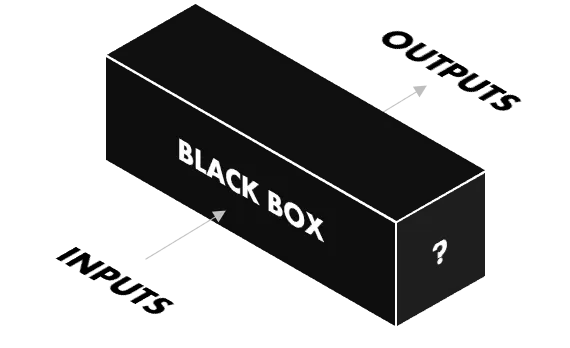In this post, we will be learning a tool to reveal the working mechanism of a black box model. But before we start, let talk about something else.
The racoon, is a very interesting animal and loves to wash food before eating, just like what shows below:
This behaviour may look normal to us as hygiene matters. But does it matter to the little cute raccoon?
The fact is not. To unravel this mysterious behaviour, researchers studied raccoons’ nerve fibers and brain cortex and eventually come up with a probable explanation. Raccoons have very senstitive nerve groupings on their forepaws. By wetting their paws, they are able to acquire more sensory information of what they are about to eat.
Black box model
Now, let’s get back to our topic. What is a black box model. In computer science, a black box model is a system that can be viewed in terms of its inputs and outputs, without any knowledge of its internal workings.
The raccoon in our little science story is a black box model, and the inputs include food and water, output is their good dining habit. From our observation alone, we could not understand why they behave like that. Thus our curiosity might drive us to explore further. Besides self-fulfilment emotionally, unvealing black box do have pratical values.
For instance, in mission-critical industries like aerospace, even if black box model could give us a higher accuracy, it will be questionable to adopt this kind of solution as we do not understand how it works and what could be affected. Therefore, it will be better if we could have some tools to reveal this mysterious factory. One of the useful tools is called Partial Dependence Plot (PDP).
#partial-dependence-plots #modeling #data-science #black-box #data-visualization
